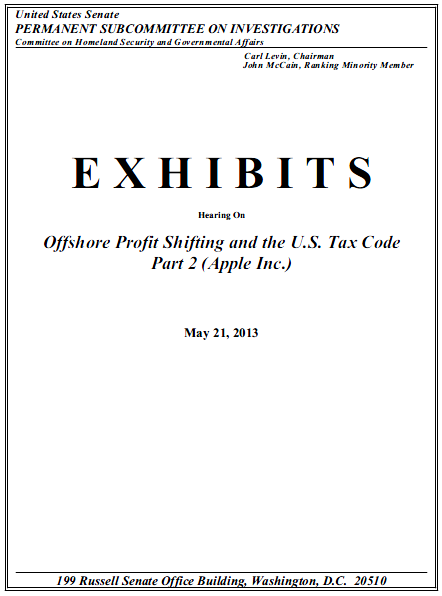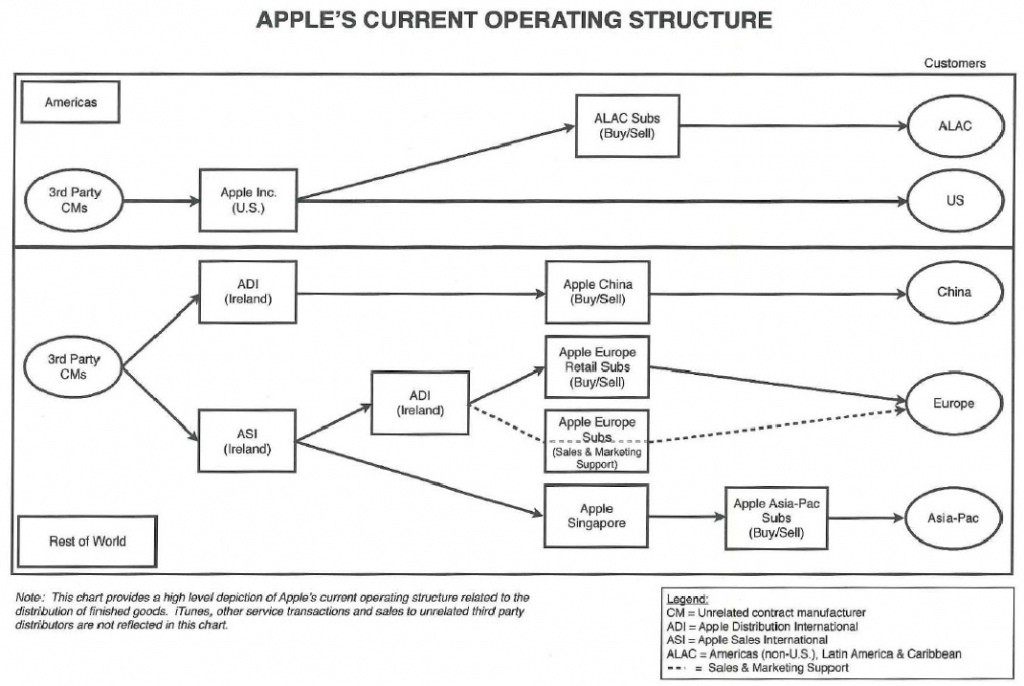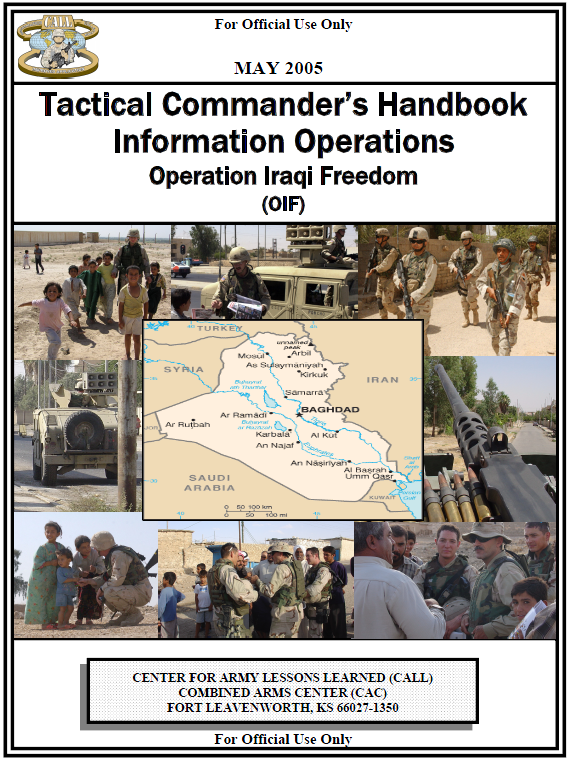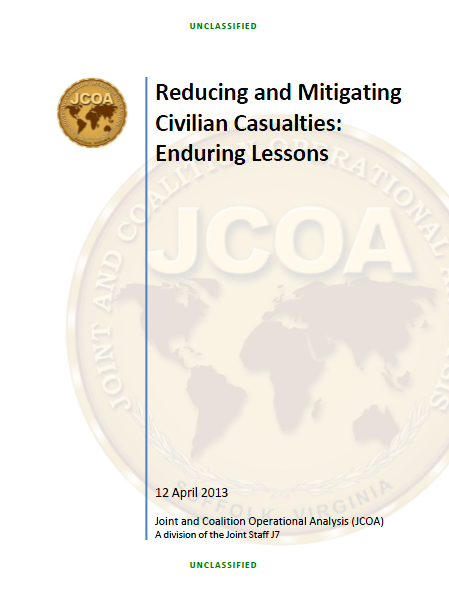BILDERBERG MEETINGS
Hertfordshire, England
6-9 June 2013
LIST OF PARTICIPANTS
FRA Castries, Henri de Chairman and CEO, AXA Group
DEU Achleitner, Paul M. Chairman of the Supervisory Board, Deutsche Bank AG
DEU Ackermann, Josef Chairman of the Board, Zurich Insurance Group Ltd
GBR Agius, Marcus Former Chairman, Barclays plc
GBR Alexander, Helen Chairman, UBM plc
USA Altman, Roger C. Executive Chairman, Evercore Partners
FIN Apunen, Matti Director, Finnish Business and Policy Forum EVA
USA Athey, Susan Professor of Economics, Stanford Graduate School of Business
TUR Aydıntaşbaş, Aslı Columnist, Milliyet Newspaper
TUR Babacan, Ali Deputy Prime Minister for Economic and Financial Affairs
GBR Balls, Edward M. Shadow Chancellor of the Exchequer
PRT Balsemão, Francisco Pinto Chairman and CEO, IMPRESA
FRA Barré, Nicolas Managing Editor, Les Echos
INT Barroso, José M. Durão President, European Commission
FRA Baverez, Nicolas Partner, Gibson, Dunn & Crutcher LLP
FRA Bavinchove, Olivier de Commander, Eurocorps
GBR Bell, John Regius Professor of Medicine, University of Oxford
ITA Bernabè, Franco Chairman and CEO, Telecom Italia S.p.A.
USA Bezos, Jeff Founder and CEO, Amazon.com
SWE Bildt, Carl Minister for Foreign Affairs
SWE Borg, Anders Minister for Finance
NLD Boxmeer, Jean François van Chairman of the Executive Board and CEO, Heineken N.V.
NOR Brandtzæg, Svein Richard President and CEO, Norsk Hydro ASA
AUT Bronner, Oscar Publisher, Der Standard Medienwelt
GBR Carrington, Peter Former Honorary Chairman, Bilderberg Meetings
ESP Cebrián, Juan Luis Executive Chairman, Grupo PRISA
CAN Clark, W. Edmund President and CEO, TD Bank Group
GBR Clarke, Kenneth Member of Parliament
DNK Corydon, Bjarne Minister of Finance
GBR Cowper-Coles, Sherard Business Development Director, International, BAE Systems plc
ITA Cucchiani, Enrico Tommaso CEO, Intesa Sanpaolo SpA
BEL Davignon, Etienne Minister of State; Former Chairman, Bilderberg Meetings
GBR Davis, Ian Senior Partner Emeritus, McKinsey & Company
NLD Dijkgraaf, Robbert H. Director and Leon Levy Professor, Institute for Advanced Study
TUR Dinçer, Haluk President, Retail and Insurance Group, Sabancı Holding A.S.
GBR Dudley, Robert Group Chief Executive, BP plc
USA Eberstadt, Nicholas N. Henry Wendt Chair in Political Economy, American Enterprise Institute
NOR Eide, Espen Barth Minister of Foreign Affairs
SWE Ekholm, Börje President and CEO, Investor AB
DEU Enders, Thomas CEO, EADS
USA Evans, J. Michael Vice Chairman, Goldman Sachs & Co.
DNK Federspiel, Ulrik Executive Vice President, Haldor Topsøe A/S
USA Feldstein, Martin S. Professor of Economics, Harvard University; President Emeritus, NBER
FRA Fillon, François Former Prime Minister
USA Fishman, Mark C. President, Novartis Institutes for BioMedical Research
GBR Flint, Douglas J. Group Chairman, HSBC Holdings plc
IRL Gallagher, Paul Senior Counsel
USA Geithner, Timothy F. Former Secretary of the Treasury
USA Gfoeller, Michael Political Consultant
USA Graham, Donald E. Chairman and CEO, The Washington Post Company
DEU Grillo, Ulrich CEO, Grillo-Werke AG
ITA Gruber, Lilli Journalist – Anchorwoman, La 7 TV
ESP Guindos, Luis de Minister of Economy and Competitiveness
GBR Gulliver, Stuart Group Chief Executive, HSBC Holdings plc
CHE Gutzwiller, Felix Member of the Swiss Council of States
NLD Halberstadt, Victor Professor of Economics, Leiden University; Former Honorary Secretary General of Bilderberg Meetings
FIN Heinonen, Olli Senior Fellow, Belfer Center for Science and International Affairs, Harvard Kennedy School of Government
GBR Henry, Simon CFO, Royal Dutch Shell plc
FRA Hermelin, Paul Chairman and CEO, Capgemini Group
ESP Isla, Pablo Chairman and CEO, Inditex Group
USA Jacobs, Kenneth M. Chairman and CEO, Lazard
USA Johnson, James A. Chairman, Johnson Capital Partners
CHE Jordan, Thomas J. Chairman of the Governing Board, Swiss National Bank
USA Jordan, Jr., Vernon E. Managing Director, Lazard Freres & Co. LLC
USA Kaplan, Robert D. Chief Geopolitical Analyst, Stratfor
USA Karp, Alex Founder and CEO, Palantir Technologies
GBR Kerr, John Independent Member, House of Lords
USA Kissinger, Henry A. Chairman, Kissinger Associates, Inc.
USA Kleinfeld, Klaus Chairman and CEO, Alcoa
NLD Knot, Klaas H.W. President, De Nederlandsche Bank
TUR Koç, Mustafa V. Chairman, Koç Holding A.S.
DEU Koch, Roland CEO, Bilfinger SE
USA Kravis, Henry R. Co-Chairman and Co-CEO, Kohlberg Kravis Roberts & Co.
USA Kravis, Marie-Josée Senior Fellow and Vice Chair, Hudson Institute
CHE Kudelski, André Chairman and CEO, Kudelski Group
GRC Kyriacopoulos, Ulysses Chairman, S&B Industrial Minerals S.A.
INT Lagarde, Christine Managing Director, International Monetary Fund
DEU Lauk, Kurt J. Chairman of the Economic Council to the CDU, Berlin
USA Lessig, Lawrence Roy L. Furman Professor of Law and Leadership, Harvard Law School; Director, Edmond J. Safra Center for Ethics, Harvard University
BEL Leysen, Thomas Chairman of the Board of Directors, KBC Group
DEU Lindner, Christian Party Leader, Free Democratic Party (FDP NRW)
SWE Löfven, Stefan Party Leader, Social Democratic Party (SAP)
DEU Löscher, Peter President and CEO, Siemens AG
GBR Mandelson, Peter Chairman, Global Counsel; Chairman, Lazard International
USA Mathews, Jessica T. President, Carnegie Endowment for International Peace
CAN McKenna, Frank Chair, Brookfield Asset Management
GBR Micklethwait, John Editor-in-Chief, The Economist
FRA Montbrial, Thierry de President, French Institute for International Relations
ITA Monti, Mario Former Prime Minister
USA Mundie, Craig J. Senior Advisor to the CEO, Microsoft Corporation
ITA Nagel, Alberto CEO, Mediobanca
NLD Netherlands, H.R.H. Princess Beatrix of The
USA Ng, Andrew Y. Co-Founder, Coursera
FIN Ollila, Jorma Chairman, Royal Dutch Shell, plc
GBR Omand, David Visiting Professor, King’s College London
GBR Osborne, George Chancellor of the Exchequer
USA Ottolenghi, Emanuele Senior Fellow, Foundation for Defense of Democracies
TUR Özel, Soli Senior Lecturer, Kadir Has University; Columnist, Habertürk Newspaper
GRC Papahelas, Alexis Executive Editor, Kathimerini Newspaper
TUR Pavey, Şafak Member of Parliament (CHP)
FRA Pécresse, Valérie Member of Parliament (UMP)
USA Perle, Richard N. Resident Fellow, American Enterprise Institute
USA Petraeus, David H. General, U.S. Army (Retired)
PRT Portas, Paulo Minister of State and Foreign Affairs
CAN Prichard, J. Robert S. Chair, Torys LLP
INT Reding, Viviane Vice President and Commissioner for Justice, Fundamental Rights and Citizenship, European Commission
CAN Reisman, Heather M. CEO, Indigo Books & Music Inc.
FRA Rey, Hélène Professor of Economics, London Business School
GBR Robertson, Simon Partner, Robertson Robey Associates LLP; Deputy Chairman, HSBC Holdings
ITA Rocca, Gianfelice Chairman,Techint Group
POL Rostowski, Jacek Minister of Finance and Deputy Prime Minister
USA Rubin, Robert E. Co-Chairman, Council on Foreign Relations; Former Secretary of the Treasury
NLD Rutte, Mark Prime Minister
AUT Schieder, Andreas State Secretary of Finance
USA Schmidt, Eric E. Executive Chairman, Google Inc.
AUT Scholten, Rudolf Member of the Board of Executive Directors, Oesterreichische Kontrollbank AG
PRT Seguro, António José Secretary General, Socialist Party
FRA Senard, Jean-Dominique CEO, Michelin Group
NOR Skogen Lund, Kristin Director General, Confederation of Norwegian Enterprise
USA Slaughter, Anne-Marie Bert G. Kerstetter ’66 University Professor of Politics and International Affairs, Princeton University
IRL Sutherland, Peter D. Chairman, Goldman Sachs International
GBR Taylor, Martin Former Chairman, Syngenta AG
INT Thiam, Tidjane Group CEO, Prudential plc
USA Thiel, Peter A. President, Thiel Capital
USA Thompson, Craig B. President and CEO, Memorial Sloan-Kettering Cancer Center
DNK Topsøe, Jakob Haldor Partner, AMBROX Capital A/S
FIN Urpilainen, Jutta Minister of Finance
CHE Vasella, Daniel L. Honorary Chairman, Novartis AG
GBR Voser, Peter R. CEO, Royal Dutch Shell plc
CAN Wall, Brad Premier of Saskatchewan
SWE Wallenberg, Jacob Chairman, Investor AB
USA Warsh, Kevin Distinguished Visiting Fellow, The Hoover Institution, Stanford University
CAN Weston, Galen G. Executive Chairman, Loblaw Companies Limited
GBR Williams of Crosby, Shirley Member, House of Lords
GBR Wolf, Martin H. Chief Economics Commentator, The Financial Times
USA Wolfensohn, James D. Chairman and CEO, Wolfensohn and Company
GBR Wright, David Vice Chairman, Barclays plc
INT Zoellick, Robert B. Distinguished Visiting Fellow, Peterson Institute for International Economics
Press Release
The 61st Bilderberg meeting is set to take place from 6 until 9 June 2013 in Hertfordshire, UK. A total of around 140 participants from 21 European and North American countries have confirmed their attendance. As ever, a diverse group of political leaders and experts from industry, finance, academia and the media have been invited. The list of participants is available on http://www.bilderbergmeetings.org
The key topics for discussion this year include:
• Can the US and Europe grow faster and create jobs?
• Jobs, entitlement and debt
• How big data is changing almost everything
• Nationalism and populism
• US foreign policy
• Africa’s challenges
• Cyber warfare and the proliferation of asymmetric threats
• Major trends in medical research
• Online education: promise and impacts
• Politics of the European Union
• Developments in the Middle East
• Current affairs
Founded in 1954, Bilderberg is an annual conference designed to foster dialogue between Europe and North America.
Every year, between 120-150 political leaders and experts from industry, finance, academia and the media are invited to take part in the conference. About two thirds of the participants come from Europe and the rest from North America; one third from politics and government and the rest from other fields.
The conference has always been a forum for informal, off-the-record discussions about megatrends and the major issues facing the world. Thanks to the private nature of the conference, the participants are not bound by the conventions of office or by pre-agreed positions. As such, they can take time to listen, reflect and gather insights.
There is no detailed agenda, no resolutions are proposed, no votes are taken, and no policy statements are issued.




































You must be logged in to post a comment.